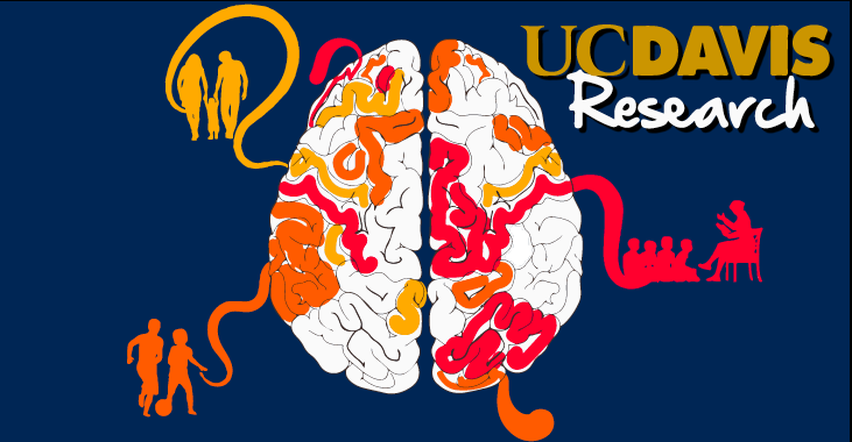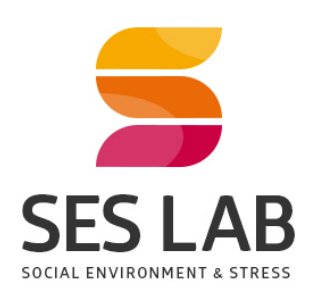Social Disconnection Study
What is this study about?
In this new study, we plan to look at social development and examine what factors influence emotional regulation in adolescents.
Are you actively recruiting participants?
Researchers in the Psychology Department at UC Davis are currently seeking research participants to take part in this study!
Who may participate in this study?
Youth between the years of 11-15 years old and their parents.
If you are interested in participating, please contact the study coordinator at:
seslab@ucdavis.edu or complete the online screener here
Systematic Review on Digital-based Mindfulness Platforms for Children and Adolescents
SES Lab Graduate Student Lead: Joanna Guan
What is the study about?
Food Security and Stress in College Students
SES Lab Graduate Student Lead: Geneva Jost
What is this study about?
Loneliness, Personality, and Parent-Child Relationships Across Age and Culture
SES Lab Graduate Student Leads: Geneva Jost and Rose McLaughlin
What is this study about?
Biobehavioral Project
SES Lab Graduate Student Lead: Sally Hang
What is this study about?
Stress responses have been theorized to activate two primary social-behavioral profiles: (a) “fight-or-flight” (i.e., an increase in conflict or social withdrawal) or (b) “tend-and-befriend” i.e., an increase in prosocial and affiliative behavior (Taylor et al., 2000). This project aims to investigate if biological, personality, and relationship characteristics differentiate these two social-behavioral stress response profiles. Studying these factors’ convergence would help to build a more comprehensive understanding of how social exclusion affects later rates of social disconnection and loneliness. The present study will use data from the California Families Project, a long-term, longitudinal study of Mexican-origin youth.
Wearables Project
SES Lab Graduate Student Lead: Sally Hang
What is this study about?
In collaboration with the ASEEC lab directed by Dr. Houman Homayoun, the goal of this project is to demonstrate that accurate, individualized prediction of elevated stress can be achieved through the application of cutting-edge machine learning algorithms applied to wearable technology that is equipped with physiological sensors that measure heart rate (HR), heart rate variability (HRV), photoplethysmography (PPG), Oxygen Saturation (SpO2), physical movement (accelerometer), temperature, and electrodermal activity (EDA).
Sweat Patch Project
SES Lab Graduate Student Lead: Sally Hang
What is this study about?
Sweat is a novel, non-invasive biomarker matrix with great applicability and may overcome circadian rhythm variations and complicated collection methods associated with other matrices such as blood, urine, or saliva. Studies have shown that common biomarkers related to inflammatory activities (e.g., Tumor Necrosis Factor-Alpha (TNF-a), interleukin 10 (IL-10), interleukin 6 (IL-10) (Hladek et al., 2018, 2019) can be measured and are acceptable in adult populations. However, little is known about whether these inflammatory biomarkers can be detected in sweat among children and adolescents and are associated with blood concentrations. Therefore, the goal of this study is to test the feasibility of using sweat patches to measure inflammatory biomarkers and validate these results with those collected from blood.
Prediction of Adolescent Depression from Prenatal and Childhood Data using Machine Learning (completed)
SES Lab Graduate Student Lead: Joanna Guan
What is this project about?
Depression is a major cause of disability and mortality for young people worldwide and is typically first diagnosed during adolescence. In collaboration with researchers from the Department of Computer Science, we leveraged the Avon Longitudinal Study of Parents and Children (ALSPAC) birth cohort study to develop a machine learning framework for predicting adolescent depression occurring between ages 12 and 18 years using environmental, biological, and lifestyle features of the child, mother, and partner from the child’s prenatal period to age 10 years.
Biobehavioral Synchrony Project (completed)
SES Lab Graduate Student Lead: Anna Parenteau
What is this project about?
The term synchrony refers to a state of inter-subject coupling of behavioral and neurobiological activity over time that allows us to have shared representations and shared emotional states with others. In collaboration with Radboud University Medical Centre (Radboudumc), Nijmegen, and the Jacobs Center for Productive Youth Development at the University of Zurich, this meta-analysis examines the impact of biobehavioral synchrony on cognitive outcomes in children.
If you are interesting in learning more about this project, please check out this website:
http://biobehavioralsynch.weebly.com/
Social Support Study (completed)
What was this study about?
In this study, we looked at how social support affected the impact of stress. We invited children and their guardians to the lab to see if parents could help kids' regulate their psychological and physiological response to stressful situations.

